Punjab has almost been a terra incognita for long with regard to the sculptural art and not much is known even now except 57 railing pillars of Sanghol published by the National Museum, New Delhi. The remaining 60 pieces, some of which are aesthetically equally important, and some stray finds made now and then, have not received due attention which they deserved. Quite a few of the elegant and artistic sculptures have even been pilfered and are not traceable now. An effort has been made here to put everything together and present a coherent picture to the readers. Images published here throw fresh light on the culture, ethnology, trade, art and religious history of the region which have further been substantiated by literary, numismatic and epigraphic evidence.
The Kushana railing pillars of Sanghol are a class by themselves and so are the Gupta terracottas from Ropar, Sanghol, Janer and Zahura. Medieval sculptures from Velore, Khanpur, Majhur, Janer, Dholbaha and other sites provide rare glimpses of the artistic, aesthetic and iconographic achievements of the artists. Metal images from Ropar, Bhudan, Sunam, Kharar and Ferozepur, mostly published for the first time, corroborate the evidence of marble images and throw new light on the impact and missionary activities of the Jaina monks from Rajasthan in Punjab. Stylistic and iconographic study of sculptures further reveals influence from Kashmir, Himachal Pradesh, Rajasthan, Madhya Pradesh, Uttar Pradesh and Uttarakhand.
Unfinished images from Dholbaha reveal that it was a great centre of art during the medieval period. Karttikeya with Krittikas from Sanghol; Harihara, Siva with goose, Siva's head with long jata-juta and the Ramayana panel from Dholbaha; Nataraja from Bathinda; Mukha-Linga from Sultanpur Lodi; Uma-Mahesvara from Ghanauli; Vaikuntha-Lakshmi from Lalru; and Jaina figures from Bathinda, Bhudan, Ferozepur, Ropar and Sunam show interesting iconographical innovations.
With 62 sketches and 338 plates, Sculptures from Punjab is the first comprehensive work on the subject resulting from author's sustained interest and study for more than the last four decades.
ABOUT THE AUTHOR Devendra Handa
Shri Devendra Handa holds Post-Graduate degrees in Sanskrit, History and Education-all in First class and with top positions in the University. He obtained his Post-Graduate Diploma in Archaeology from the School of Archaeology (ASI, New Delhi) in 1964 with Credit (Distinction). He is the recipient of Maulana Azad and Archaeological Centenary Commemoration Medals, Sir Mortimer Wheeler Prize and various other awards. He is known to the indologists through more than three hundred research papers and the following books and monographs: 1 Osian: History, Archaeology, Art & Architecture, Delhi, 1984; 2 Studies in Indian Coins and Seals, Delhi, 1985; 3 Indological Studies: Essays in Memory of Shri S.P. Singhal, Delhi, 1987 (Ed.); 4 Ajaya-Sri: Recent Studies in Indology (Prof. Ajay Mitra Shastri Felicitation Volume), 2 Vols., Delhi, 1989 (Ed.); 5 Praci-Prabha: Perspectives in Indololgy (Essays in honour of Prof. B.N. Mukherjee), New Delhi, 1989 (Ed. Jointly with Prof. D.C. Bhattacharyya); 6 Ratna-Chandrika: Panorama of Oriental Studies (Shri R.C. Agrawala Festschrift), New Delhi, 1989 (Ed. Jointly with Prof. Ashvini Agrawal); 7 Heritage of Haryana: Buddhist Remains, Chandigarh, 1989; 8 Vishvambhara: Probings in Orientology (Prof. V.S. Pathak Festschrift), 2 Vols. New Delhi, 1995 (Ed. Jointly with Prof. Ajay Mitra Shastri and C.S. Gupta); 9 Numismatic Studies, Vols. 1-3 (1991-93), New Delhi (Ed.); 10 Oriental Numismatic Studies, Vols. 1-2 (1994 & 1996), Delhi (Ed.). He has attended numerous national and international conferences and delivered lectures in various institutions. In 1992, he got the Lowick Memorial Grant of the Royal Numismatic Society, London for studying the tribal coins of India. In 1993, he visited Sri Lanka on the invitation of the Sri Lanka Numismatic Society. He was honoured for his contributions to the science of numismatics at Calcutta in 1994. After a teaching career of more than thirty years, he finally retired from the Panjab University, Chandigarh in 1999. After his retirement from the Panjab University, Chandigarh, he was a Fellow at the Indian Institute of Advanced Study at Shimla (2000-2003) and Senior Fellow of the Ministry of Culture, GOPI, New Delhi (2003-2005). He presided over the 88th Annual Conference of the Numismatic Society of India at Nagpur in 2004 and Seminar on Coinage of the North West India at Chandigarh in 2005.

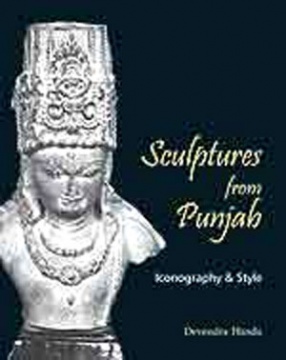
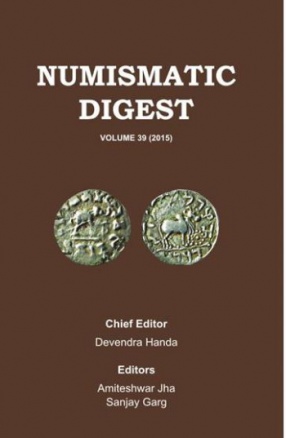
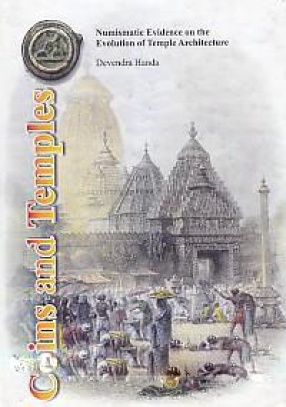
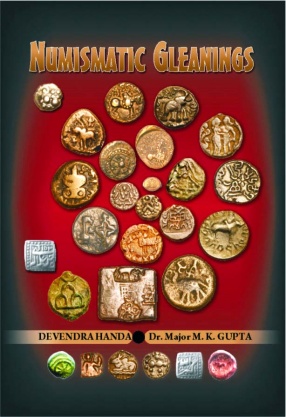
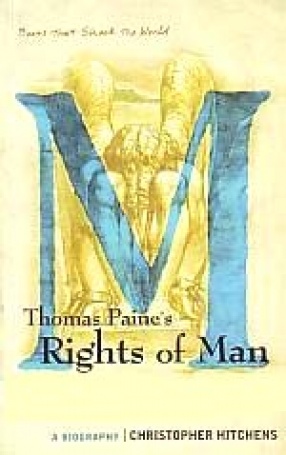
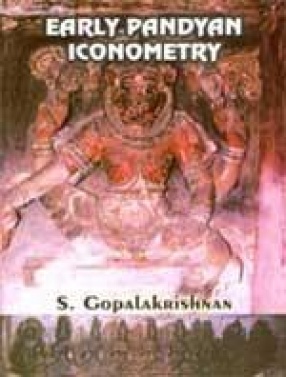
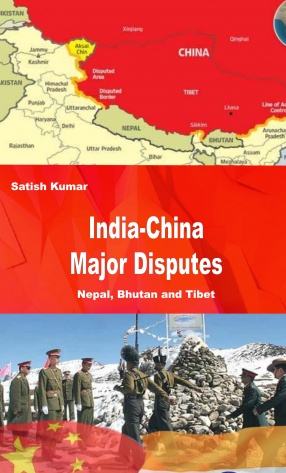
There are no reviews yet.